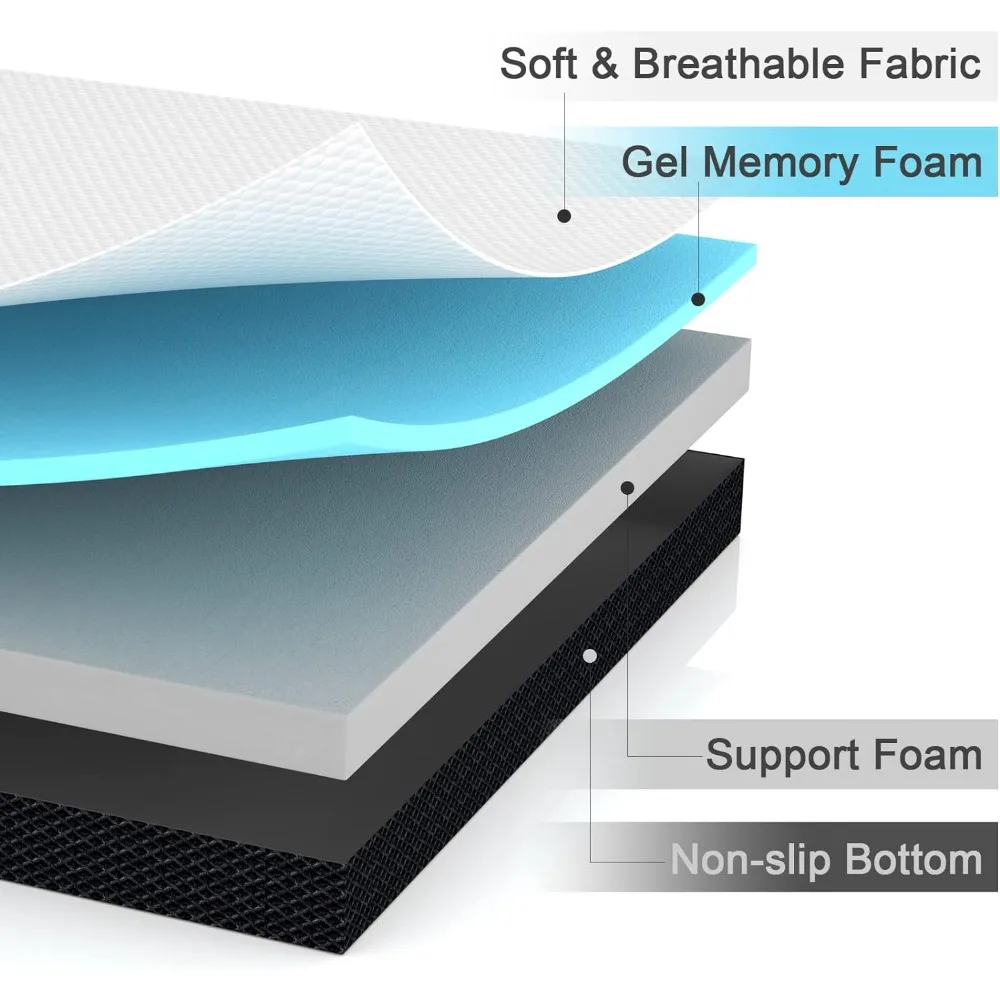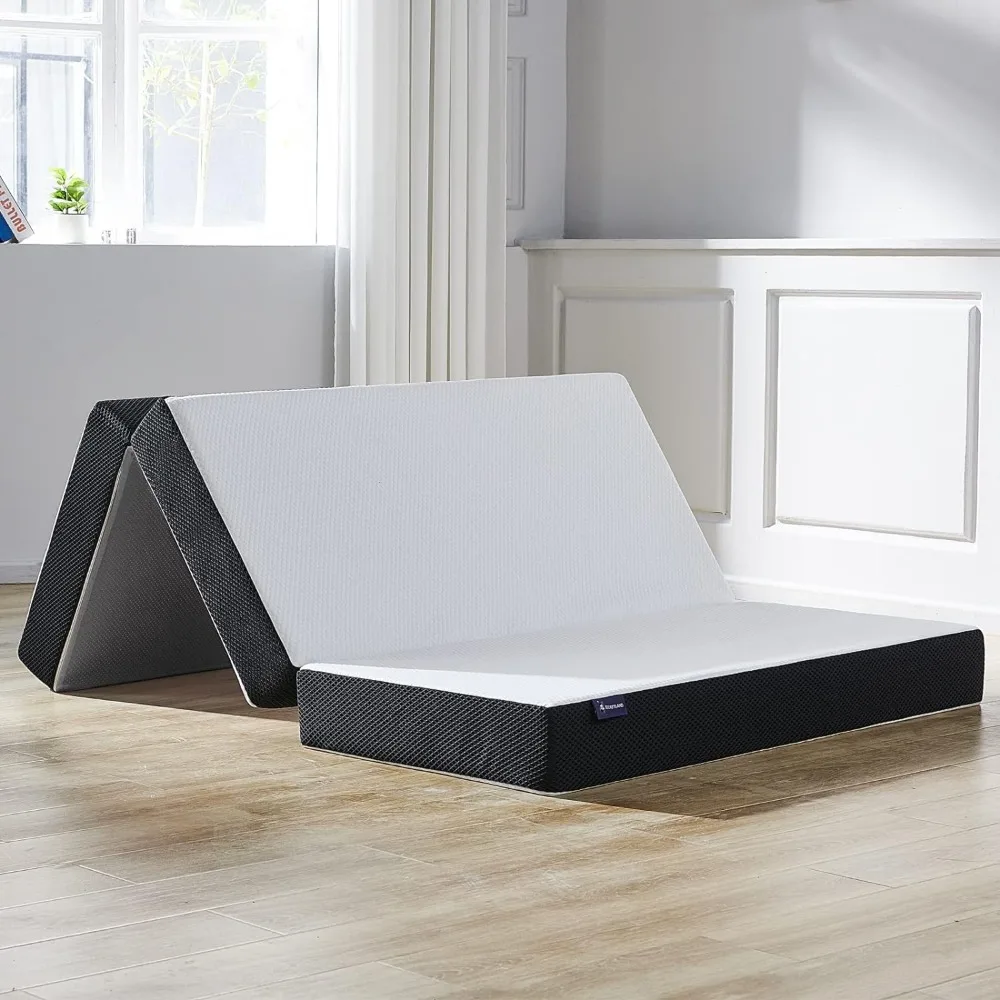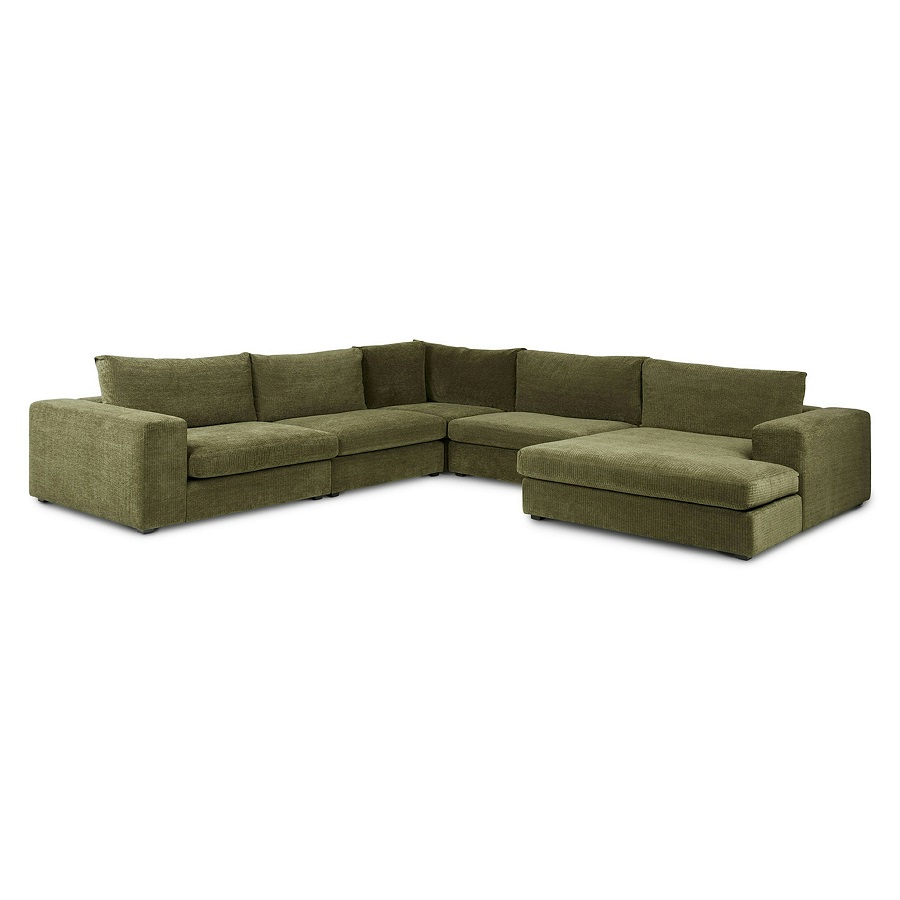What is Fiberglass and Why is it Used in Mattresses?
Fiberglass is a blend of thin glass fibers and plastic. It’s often found in wall insulation. Its flexibility and durability make it easy for mattress makers to use. Plus, it’s a low-cost option. The main reason fiberglass is used in mattresses is for fire safety. Most foam mattresses can catch fire easily. Fiberglass acts as a flame retardant. It melts when heated, forming a barrier that slows down flames.
Mattresses in the USA must meet federal fire safety standards. These rules are enforced by the Consumer Product Safety Commission. Fiberglass helps manufacturers comply with these at a low cost. In the past, other chemicals were used as flame retardants in mattresses. But many were found to be harmful. Some could cause cancer or disrupt hormones. Fiberglass seemed like a safer and cheaper alternative to meet important safety standards.

The Risks of Fiberglass in Mattresses
While fiberglass serves as a cost-effective flame retardant, it comes with risks. Unseen dangers lurk when the fiberglass inside a mattress becomes exposed. This exposure can occur if the mattress cover wears out or gets damaged. When fiberglass escapes, it can spread throughout your home.
Itchy Skin and Respiration Issues
Direct contact with fiberglass can lead to itchy skin, rashes, and even blisters. If inhaled, these fibers can irritate the respiratory tract, causing coughing or trouble breathing. Long-term exposure may worsen conditions like asthma.
House Contamination
Fiberglass particles can get into air vents, carpets, and clothing, contaminating your living space. Cleaning up is tough. It often requires a professional team to properly remove the fibers.
Long-term Health Effects
Research has linked long-term exposure to potential lung disease. Skin and respiratory issues are immediate concerns, but the chronic impact can be more severe. Lawsuits have even been filed due to these effects.
In summary, while fiberglass adds flame retardancy to mattresses, its risks, especially upon exposure, can affect health and home environments. Manufacturers may choose it for cost-efficiency, but for consumers, the drawbacks make it questionable.
Identifying Fiberglass in Your Mattress
Identifying fiberglass in your mattress requires attention to several factors. Here’s what to look for to determine if your mattress might contain fiberglass:
Price Point Indicators
Cheaper mattresses often use cost-effective materials like fiberglass. A low price could be a hint that the mattress uses this material. Look for mattresses below $600 for a queen size, as they are likelier to contain fiberglass.
Inquiring Directly
Reach out to the mattress company if unsure. A reliable company should disclose the materials they use. Email or call them to ask about fiberglass in their mattresses. A clear answer from customer service can provide peace of mind.
Analyzing the Label
Read the mattress label thoroughly. Check for terms like ‘fiberglass’, ‘glass fibers’, ‘glass wool’, or similar. Be cautious of ambiguous terms that could indicate fiberglass without explicitly stating it. Mattress tags are a legally required and reliable source of content information.
Researching Online
Manufacturer websites often list materials used. Browse the product details thoroughly. Customer reviews can also reveal if other buyers noticed fiberglass issues.
Country of Origin
Mattresses made in countries with different manufacturing standards may use fiberglass. Be mindful of labels stating a foreign country of origin, while ‘Made in the USA’ labels can suggest stricter quality controls.
These steps can help you determine if your mattress contains fiberglass. If you prefer to avoid doubt, consider shopping for mattresses explicitly labeled as fiberglass-free.

Federal Standards for Flame Retardants in Mattresses
When shopping for a new mattress, it’s critical to be aware of the federal standards for flame retardants. These standards ensure that all mattresses meet specific safety requirements to protect consumers from fire hazards. Let’s dive into what these standards entail and why they matter.
Understanding the CPSC Regulations
The Consumer Product Safety Commission (CPSC) has set federal guidelines for mattress flammability. These regulations aim to minimize the risk of fire-related injuries and deaths. Mattresses must pass rigorous tests to prove they can resist ignition from an open flame. This is why materials like fiberglass, known for their flame-retardant properties, are frequently used.
The 16 CFR Part 1633 Standard
Specifically, the Standard for the Flammability (Open Flame) of Mattress Sets, or 16 CFR Part 1633, requires that mattresses withstand a severe and lengthy ignition test. This includes exposure to open flames under controlled conditions. Mattresses that pass this test earn certification, indicating compliance with the CPSC’s safety standards.
The Role of Flame Retardants
Flame retardants, such as fiberglass, are materials that manufacturers incorporate into mattresses to meet these federal requirements. They are designed to slow down the spread of fire, allowing for more time to escape in an emergency. While fiberglass is an effective and economical solution, it has raised health concerns, which is why many consumers now seek fiberglass-free alternatives.
In summary, federal standards play a key role in mattress safety. They ensure that all mattresses sold in the U.S. have undergone strict fire resistance testing. While fabrics and materials like fiberglass serve as flame retardants, it’s essential to balance safety requirements with health concerns. For those worried about fiberglass, many mattress manufacturers offer safer, alternative materials that still comply with federal fire safety standards.
Fiberglass-Free Alternatives for Mattress Shoppers
When looking for a safe and comfortable mattress, fiberglass-free alternatives are key. Here are some options to consider.
Natural Fiber Mattresses
Natural fiber mattresses use materials like cotton, wool, or bamboo. These fibers are not only flame retardant but also eco-friendly and biodegradable.
Plant-Based Foam Mattresses
Foams made from soy or other plants are a better choice over traditional petroleum-based foams. They offer comfort without the need for fiberglass.
Innerspring Mattresses
Some innerspring mattresses skip the foam layer altogether, reducing the need for fiberglass. They have a bouncy feel and can still meet safety standards.
Latex Mattresses
Latex is a natural material that is both fire-resistant and durable. Mattresses made of latex don’t need fiberglass to be safe.
Certified Organic Mattresses
Organic mattresses often come with certifications like GOTS or GOLS. They ensure that all materials, including fire retardants, are natural and safe.
Choosing one of these alternatives can help you avoid the risks associated with fiberglass in mattresses. Remember to check the mattress labels and ask the manufacturers about their materials. Look for honest companies that clearly state what is in their mattresses. Be willing to invest a little more for a healthy and safe night’s sleep.

How to Protect Yourself from Fiberglass in Mattresses
To guard against the risks of fiberglass in mattresses, follow these safety tips:
Use Protective Covers
Always use a high-quality mattress protector. This acts as a barrier against wear and tear.
Avoid Removing Mattress Covers
Never remove the permanent cover of your mattress. This can release fiberglass fibers into your home.
Regular Inspections
Check your mattress regularly for signs of damage. Look for tears or thinning that might expose fiberglass.
Keep Pets Away
Prevent pets from scratching or biting the mattress. Their claws and teeth can damage the cover.
Be Cautious with Second-hand Mattresses
Be wary of used mattresses. Their history and condition might pose a risk of fiberglass exposure.
Follow Manufacturer’s Guidelines
Adhere to the care instructions provided by the manufacturer. This helps maintain the mattress’s integrity.
By implementing these precautions, you can enjoy a safe and comfortable sleep without the worry of fiberglass exposure.
When to Consider Replacing Your Mattress
When it comes to mattresses, longevity and safety are key concerns. You may wonder when it’s time for a replacement. Here are some signs to help you decide if a new mattress is necessary, especially if you’re concerned about materials like fiberglass.
Age of the Mattress
The average mattress lasts about seven to ten years. If yours is older, it may be time to consider an upgrade. Over time, mattresses can sag, lose support, and accumulate allergens.
Visible Wear and Tear
Check for signs of damage or wear, such as lumps, sagging, or exposed internal materials. If the integrity of your mattress is compromised, it could expose you to hidden materials like fiberglass.
Changes in Comfort or Sleep Quality
If you’re not sleeping as well as you used to or you wake up with aches and pains, your mattress may not be providing the support you need anymore.
Safety Concerns
If your mattress contains fiberglass and you’ve noticed itching or respiratory issues, it might be time for a new, fiberglass-free option.
New Health Needs
Your body changes over time. If you’ve developed new health issues, your current mattress might not meet your needs. Look for a mattress that aligns with your current health status and provides appropriate support.
Updated Standards and Materials
Mattress technology advances over time, offering safer, more eco-friendly materials that don’t rely on harmful substances like fiberglass. Upgrading to a newer model can bring peace of mind.
Considering these factors, you’ll be able to make an informed decision about replacing your mattress. Prioritize your health and comfort by choosing a mattress that’s right for you and free of controversial materials like fiberglass.
Recommendations for Fiberglass-Free Mattresses
Selecting a mattress without fiberglass means choosing one that prioritizes your health and safety. If you’re in the market for a new mattress and want to avoid fiberglass, consider these fiberglass-free options that cater to a range of needs and preferences:
Organic and Natural Mattresses
Look for mattresses made with organic cotton, wool, or latex. These materials are naturally fire-resistant and do not require fiberglass.
Innerspring and Hybrid Mattresses
These mattresses often use materials other than foam for cushioning, minimizing the need for fiberglass.
Certified Mattresses
Seek out mattresses with certifications like GOTS (Global Organic Textile Standard) or GREENGUARD Gold, which verify safer material use.
Plant-Based Foam Mattresses
Mattresses with foams derived from plants can offer comfort without relying on potentially harmful materials like fiberglass.
Direct Inquiries to Manufacturers
When in doubt, directly ask the manufacturer about their fire retardant materials. Honest brands provide clear answers.
Roaming online reviews and expert opinions also helps. Look for brands that openly state their commitment to fiberglass-free products. While these may cost a little more, investing in your health with a fiberglass-free mattress is well worth it.










